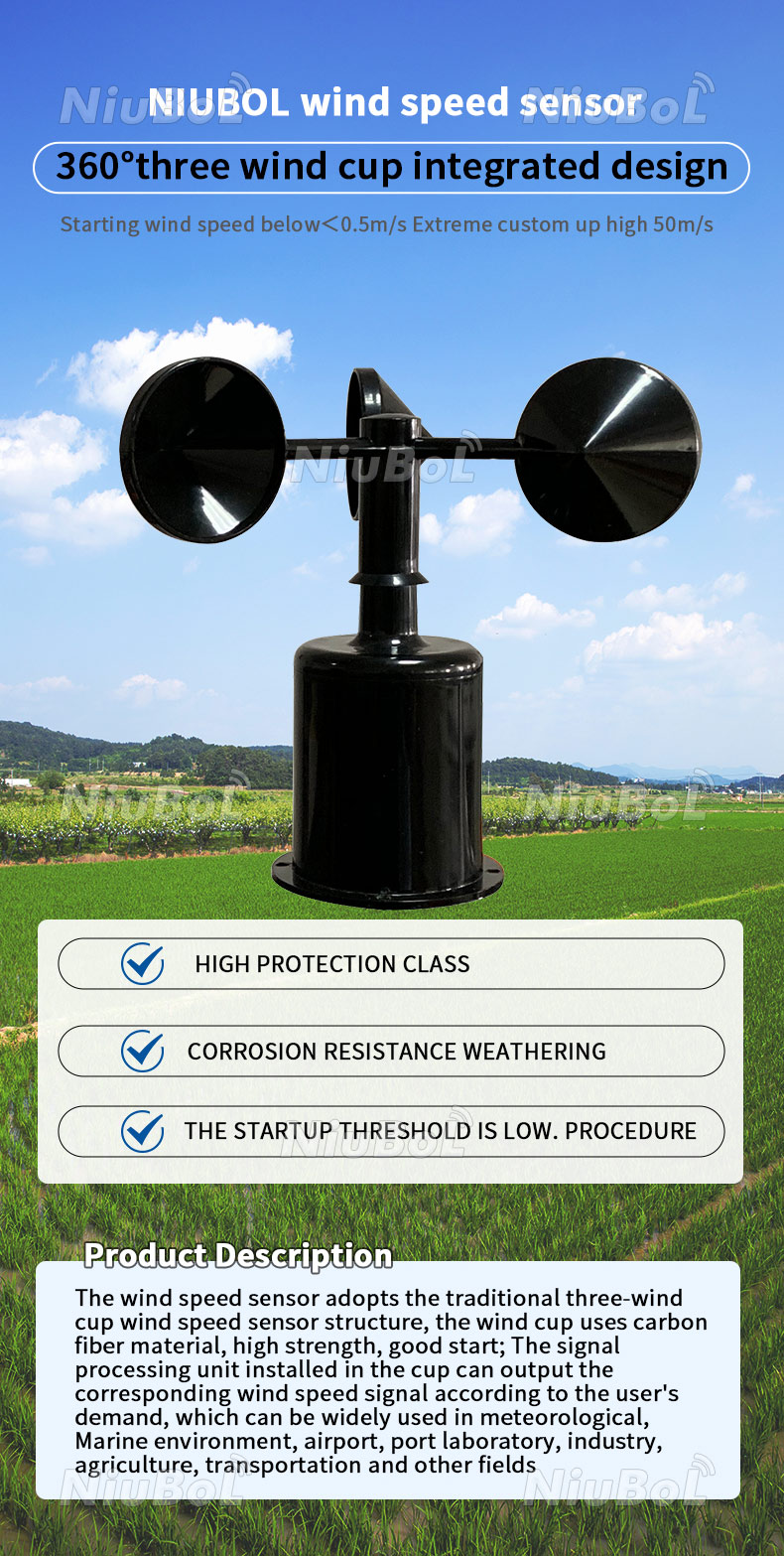Why an Anemometer is Essential for Your Environmental Data Collection
Why an Anemometer is Essential for Your Environmental Data Collection
Blog Article
All You Need to Learn About Anemometers: How They Function, Why They Matter, and Where to Use Them
Anemometers, though usually neglected in the world of scientific tools, play a critical function in various areas, using important understandings right into wind speed and airflow patterns. Recognizing the auto mechanics behind these devices is necessary for any person seeking to harness the power of this information. From meteorologists tracking weather condition patterns to engineers designing frameworks with wind loads in mind, the applications of anemometers are varied and far-reaching. As we look into the details of anemometer modern technology, we will certainly uncover the internal functions of these gadgets, their significance, and the essential considerations when choosing the ideal anemometer for details applications.

Anemometer Essentials
An essential tool used to determine wind rate and instructions, the anemometer plays a crucial duty in meteorology and numerous markets. An anemometer typically contains 3 or four mugs that revolve in the wind, a vane that aims into the wind, and sensors to track the rotations or movements. By computing the turnings or activities over a specific period, the anemometer can identify wind speed. The vane aids establish wind instructions by aiming right into the wind, offering important information for climate projecting, aviation, maritime operations, environmental surveillance, and wind power applications.
There are different kinds of anemometers offered, consisting of mug anemometers, vane anemometers, hot-wire anemometers, and sonic anemometers, each with its special features and applications. Mug anemometers are generally utilized for basic wind speed measurements, while vane anemometers are favored for directional measurements.
Principles of Anemometer Procedure
Structure on the foundational understanding of anemometer essentials, the principles of anemometer procedure clarify the mechanics behind wind speed and direction dimensions. Cup anemometers, for circumstances, have three or even more cups that catch the wind, causing them to spin faster as the wind rate rises. Hot-wire anemometers rely on a heated wire that cools down as wind passes over it, with the rate of cooling down establishing the wind speed.
Relevance of Anemometers
Anemometers play an essential function in determining wind look at this web-site rate and instructions, offering vital information for weather condition forecasting, environment researches, ecological monitoring, and aviation operations. Meteorologists count on anemometers to collect accurate wind data, helping them recognize climate patterns, forecast storms, and concern prompt cautions to the public. Wind ranch drivers make use of anemometers to evaluate wind problems and make the most of electrical energy production from wind generators.
Applications Across Numerous Industries
Applications of anemometers span throughout varied sectors, showcasing their adaptability and utility past weather forecasting. In the renewable resource sector, anemometers play an important duty in evaluating wind conditions for wind farm placements, making sure ideal energy production. Industries like construction and mining use anemometers to check wind rates, essential for safety methods, especially when working at heights or in open-pit mines where solid winds can posture threats. Anemometers are also essential in the air travel sector, aiding pilots in understanding airspeed and wind instructions for safe take-offs and touchdowns. The maritime field benefits from anemometers for ship navigation, aiding sailors anticipate climate adjustments and change routes appropriately. In farming, anemometers assist farmers in taking care of crop splashing by giving real-time data on wind speed to prevent drift. Moreover, anemometers find applications in cooling and heating systems to maximize air flow and boost energy effectiveness in buildings. The varied use instances of anemometers underscore their significance across numerous sectors, highlighting their essential function in enhancing functional safety and effectiveness (anemometer).

Selecting the Right Anemometer for Your Needs
For general functions, a cup anemometer is suitable for determining wind rate, while a vane anemometer supplies wind direction information. Hot-wire anemometers are suitable for low airspeed dimensions, and ultrasonic anemometers use high precision and toughness.

Verdict
In conclusion, anemometers play a crucial duty in measuring wind speed and instructions throughout numerous sectors. It is crucial to think about the relevance of anemometers in order to make informed choices when picking the most ideal tool for measuring wind problems.
There are numerous kinds of anemometers readily available, including mug check that anemometers, vane anemometers, hot-wire anemometers, and sonic anemometers, each with its one-of-a-kind features and applications. Cup anemometers are typically used for basic wind speed measurements, while vane anemometers are favored for directional dimensions. Hot-wire anemometers are suitable for reduced airspeeds, and sonic anemometers are excellent for high-precision measurements in study and commercial settings.Structure on the fundamental page understanding of anemometer basics, the concepts of anemometer operation elucidate the technicians behind wind rate and direction measurements. For general objectives, a mug anemometer is appropriate for measuring wind rate, while a vane anemometer gives wind direction data.
Report this page